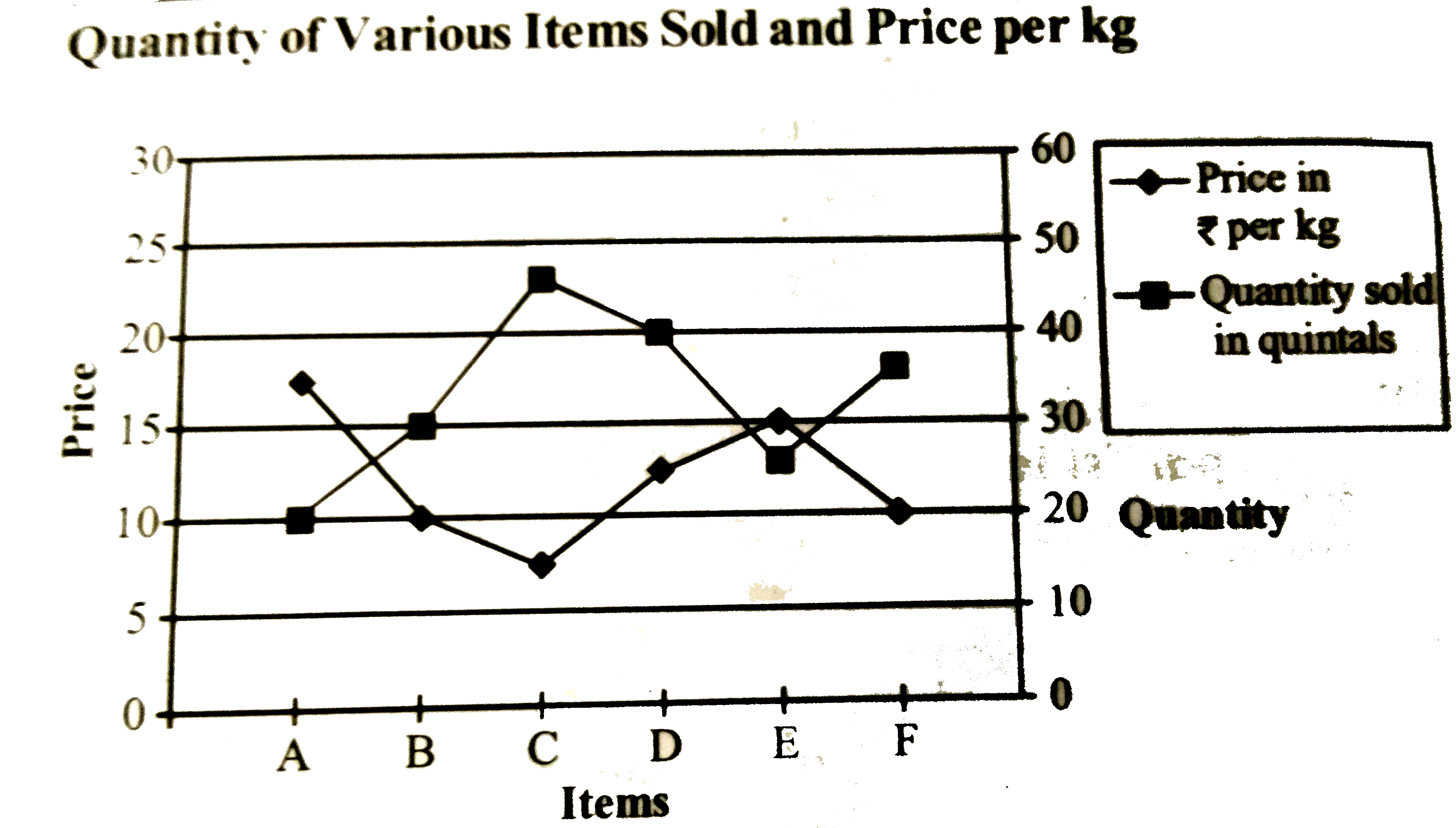Read the paragraph carefully and answer the following questions.
Two general stores P & Q sells five items i.e. A, B, C, D & E. Total number of items sold by these two stores is 8400 and ratio between total items sold by store P to store Q is 3:4. Total item A sold by store P is more than total item D sold by that store, while total item C sold by store P is 160 less than total item D sold by store P. Total item B sold by store P is more than total item D sold by store P and total number of item E sold by store P is 1080 less than that of item B sold by store P. Total item D & item B sold by store Q is 240 and 12.5 % more than same items sold by store P respectively. Respective ratio of total item A, C & E sold by store Q is 26:23: 11.
Total item E sold by store Q is what percent more than that of total number of same item sold by store P?
The correct Answer is:D
To solve the problem step by step, we will break down the information provided and calculate the required values systematically.
Step 1: Determine the total items sold by each store
The total items sold by stores P and Q is 8400, and the ratio of items sold by P to Q is 3:4.
Let the total items sold by store P be 3x and by store Q be 4x.
Thus, we have:
3x+4x=8400
7x=8400
x=84007=1200
Now, we can find the total items sold by each store:
- Total items sold by store P:
3x=3×1200=3600
- Total items sold by store Q:
4x=4×1200=4800
Step 2: Define variables for items sold at store P
Let:
- Total items D sold by store P = D
- Total items A sold by store P = A
- Total items C sold by store P = C
- Total items B sold by store P = B
- Total items E sold by store P = E
From the problem:
1. A is 1623%=503% more than D:
A=D+503⋅D=3503D
2. C is 160 less than D:
C=D−160
3. B is 7779%=7009% more than D:
B=D+7009⋅D=16009D
4. E is 1080 less than B:
E=B−1080=16009D−1080
Step 3: Set up the equation for total items sold by store P
Now, we can write the equation for the total items sold by store P:
A+B+C+D+E=3600
Substituting the expressions we derived:
3503D+16009D+(D−160)+D+(16009D−1080)=3600
Step 4: Simplify and solve for D
Combine all the terms:
(3503+16009+1+1+16009−160−1080)D=3600
To simplify, convert all fractions to a common denominator (which is 9):
10509+16009+99+99+16009−160−1080=3600
Combine:
1050+1600+9+9+16009D−1240=3600
42009D=3600+1240
42009D=4840
Multiply both sides by 9:
4200D=4840×9
D=4840×94200
Calculating D:
D=10.4 (approximately)
Step 5: Calculate items sold by store P
Now substitute D back to find A, B, C, and E:
1. Calculate A:
A=3503D
2. Calculate B:
B=16009D
3. Calculate C:
C=D−160
4. Calculate E:
E=16009D−1080
Step 6: Calculate items sold by store Q
From the problem, we know:
- Total items D sold by store Q is 240 more than store P:
DQ=D+240
- Total items B sold by store Q is 12.5% more than store P:
BQ=B+0.125B
Step 7: Calculate total items sold by store Q
Using the ratios given for A, C, and E sold by store Q:
AQ+CQ+EQ=4800
Where:
- AQ=26k
- CQ=23k
- EQ=11k
Step 8: Find the percentage difference for item E
Finally, we need to find out what percent more total item E sold by store Q is compared to store P:
Percentage=(EQ−EPEP)×100
The total items sold by stores P and Q is 8400, and the ratio of items sold by P to Q is 3:4.
Thus, we have:
3x+4x=8400
7x=8400
x=84007=1200
- Total items sold by store P:
3x=3×1200=3600
- Total items sold by store Q:
4x=4×1200=4800
Let:
- Total items D sold by store P = D
- Total items A sold by store P = A
- Total items C sold by store P = C
- Total items B sold by store P = B
- Total items E sold by store P = E
1. A is 1623%=503% more than D:
A=D+503⋅D=3503D
C=D−160
B=D+7009⋅D=16009D
E=B−1080=16009D−1080
Now, we can write the equation for the total items sold by store P:
A+B+C+D+E=3600
Substituting the expressions we derived:
3503D+16009D+(D−160)+D+(16009D−1080)=3600
Combine all the terms:
(3503+16009+1+1+16009−160−1080)D=3600
To simplify, convert all fractions to a common denominator (which is 9):
10509+16009+99+99+16009−160−1080=3600
Combine:
1050+1600+9+9+16009D−1240=3600
42009D=3600+1240
42009D=4840
Multiply both sides by 9:
4200D=4840×9
D=4840×94200
Calculating D:
D=10.4 (approximately)
Now substitute D back to find A, B, C, and E:
1. Calculate A:
A=3503D
2. Calculate B:
B=16009D
3. Calculate C:
C=D−160
4. Calculate E:
E=16009D−1080
From the problem, we know:
- Total items D sold by store Q is 240 more than store P:
DQ=D+240
- Total items B sold by store Q is 12.5% more than store P:
BQ=B+0.125B
Using the ratios given for A, C, and E sold by store Q:
AQ+CQ+EQ=4800
Where:
- AQ=26k
- CQ=23k
- EQ=11k
Finally, we need to find out what percent more total item E sold by store Q is compared to store P:
Percentage=(EQ−EPEP)×100
Topper's Solved these Questions
- DATA INTERPRETATIONBOOK - ADDA247CHAPTER - DATA INTERPRETATIONEXERCISE - Mains Questions
33 Videos
- DATA INTERPRETATIONBOOK - ADDA247CHAPTER - DATA INTERPRETATIONEXERCISE - Previous Year Questions
56 Videos
- DATA INTERPRETATIONBOOK - ADDA247CHAPTER - DATA INTERPRETATIONEXERCISE - Prelims Questions (Level-1)
54 Videos
- BOAT AND STREAM BOOK - ADDA247CHAPTER - BOAT AND STREAM EXERCISE - Previous Year Question
22 Videos
- DATA SUFFICIENCY BOOK - ADDA247CHAPTER - DATA SUFFICIENCY EXERCISE - PREVIOUS YEAR QUESTIONS
25 Videos
Similar Questions
Knowledge Check
Number of L type product sold by store F is what percent of the number same type of products sold by store E
A76.33%B124%C83.33%D120%What is the respective ratio of total number of N and L type products together sold by store D and the same products sold by store A?
A119:104B102:115C104:115D115:102
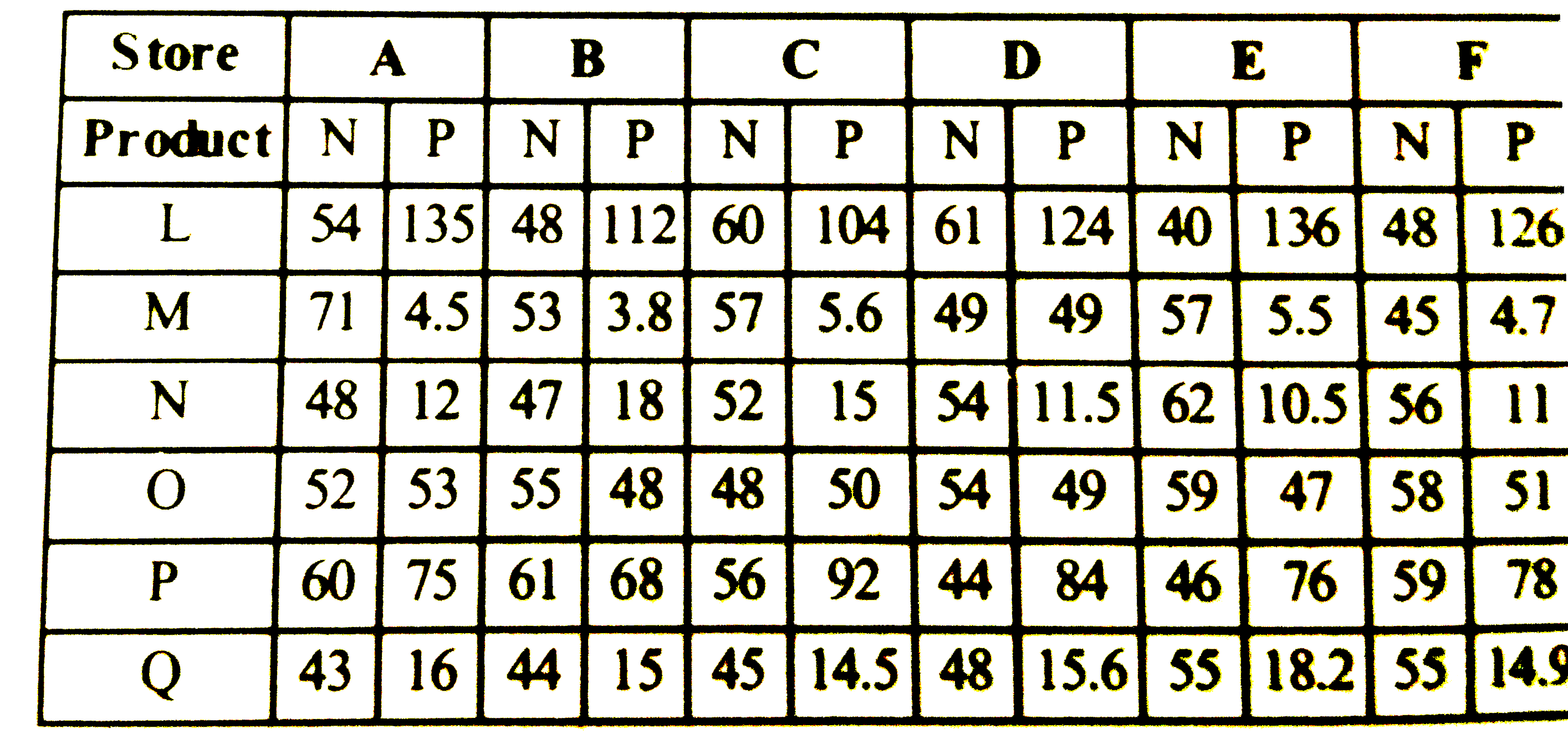
The number of L type products sold by Store F is what per cent of the number of the same tyep of products sold by Store E ?
View Solution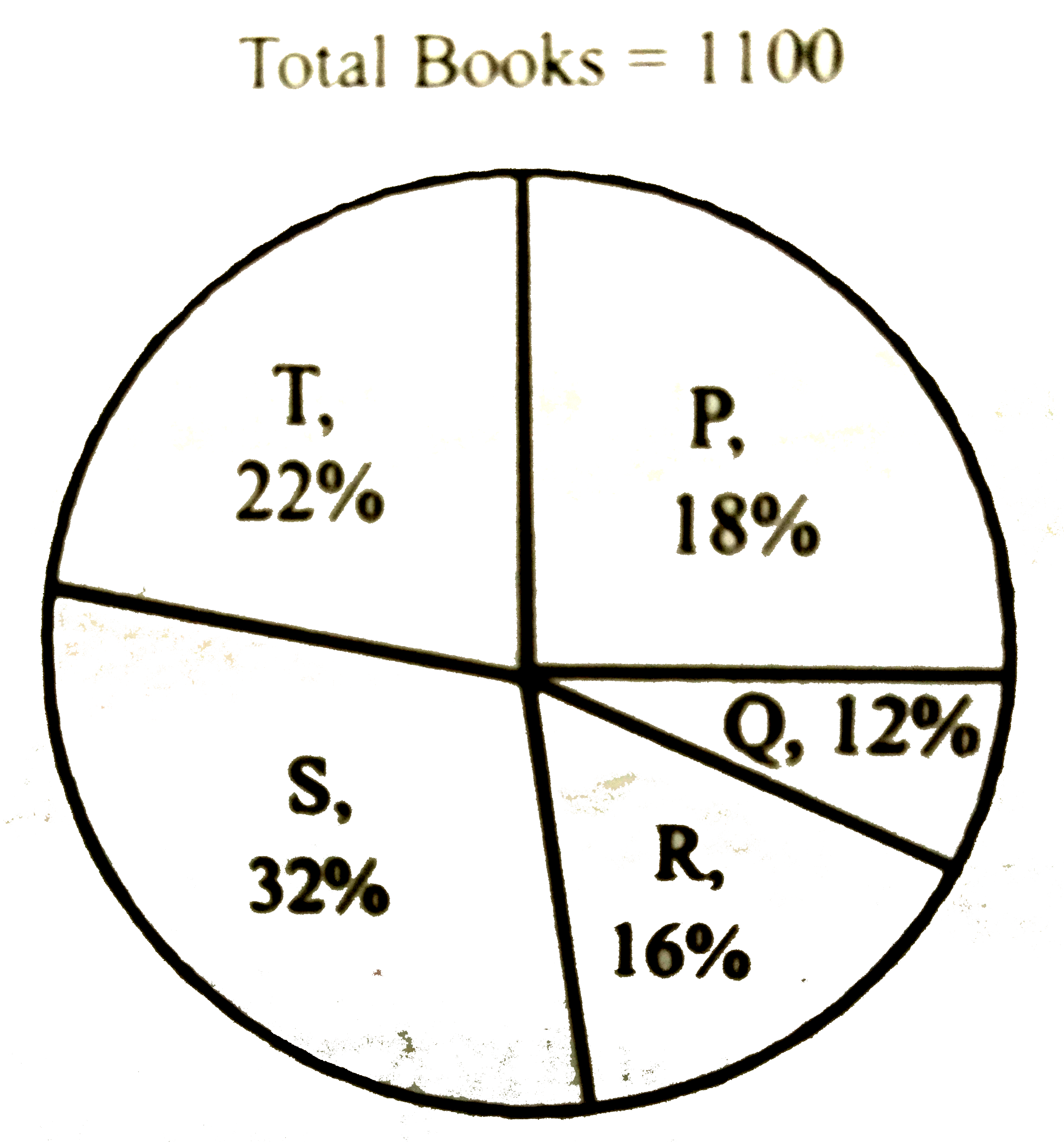
What is the ratio of total books sold by store P and R together to the total books sold by store S and T together
View Solution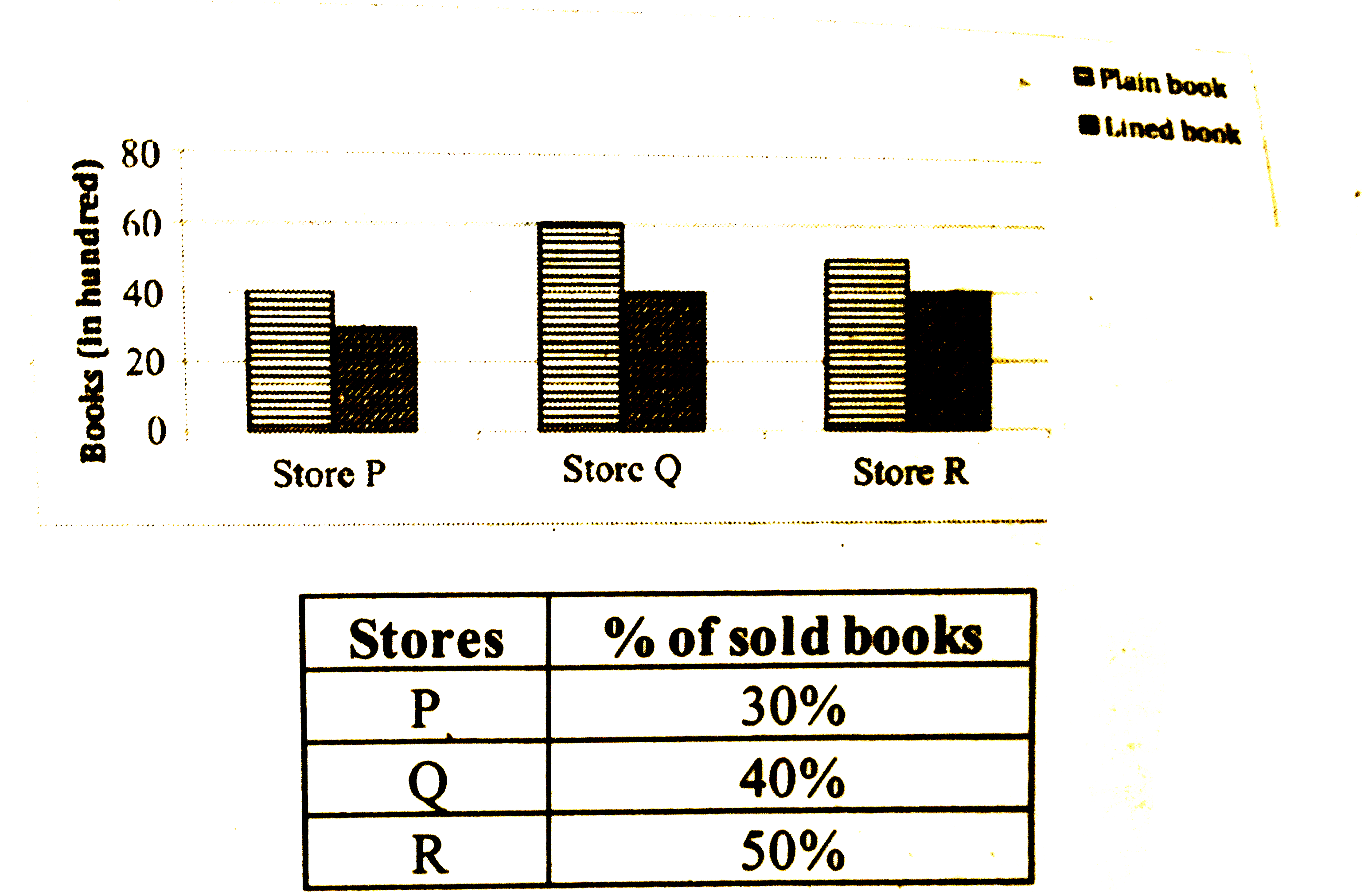
Average of total books sold by stores Q and R together is how much more than total unsold books of store P.
View SolutionDirection: Study the data carefully and answer the following questions. Following is the data given of selling 2 types of pizza from 4 shops A, B, C and D.
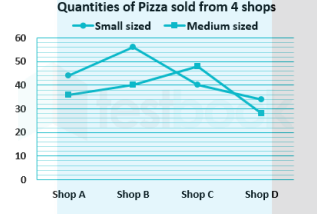
Total number of pizzas sold from shop D is what % of total number of pizzas sold from shop A?
View SolutionDirection: Study the data carefully and answer the following questions.
Following is the data given of selling of 5 shops A, B, C, D and E of two different types of books.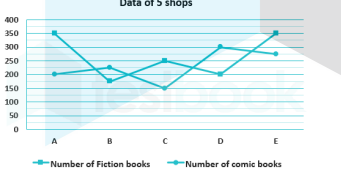
Find the difference between total comic books sold to total fiction books sold from all the shops.
View Solution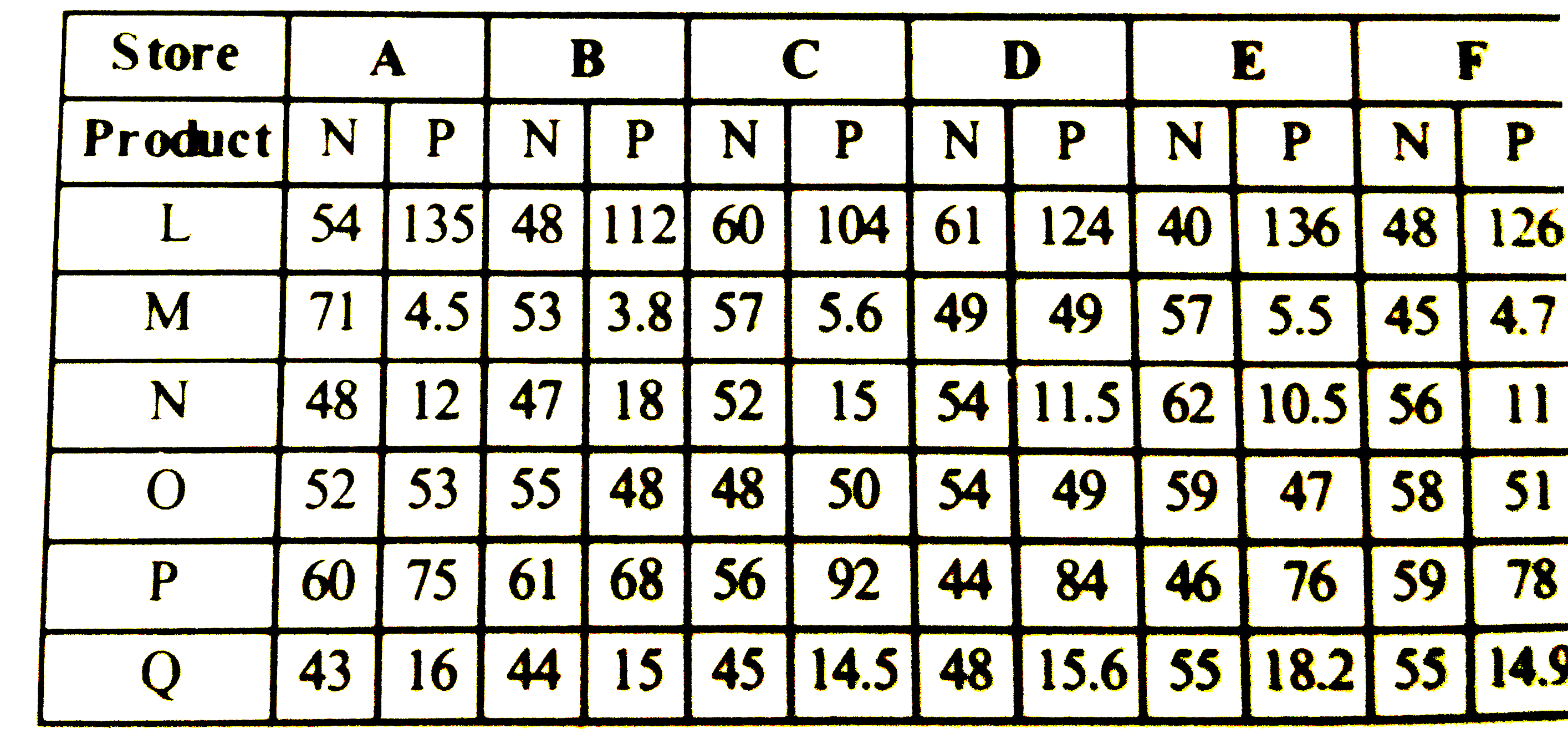
What is the ratio of the total bnumber of N and L type products together sold by Store D and that of the same products sold by Store A ?
View Solution


